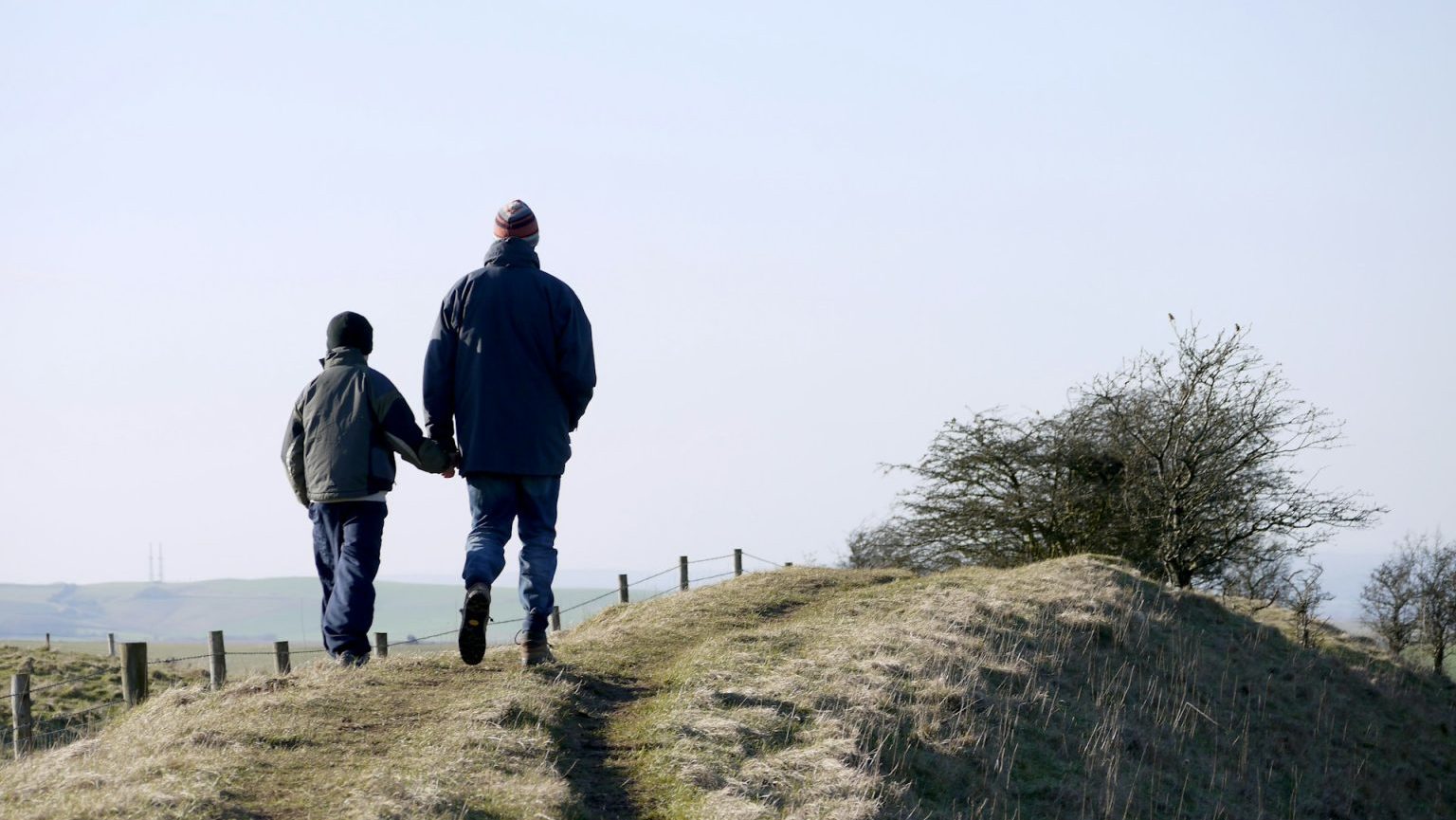Reducing the US prison population is but a small step

Last month, the United States Federal Bureau of Prisons released more than 6,000 prisoners early. The Sentencing Commission reduced their sentences retroactively. And the Senate is considering a bipartisan bill to lower mandatory minimums. These developments show that, after extraordinary growth in the rate of incarceration over the past few decades, an emerging consensus of the libertarian right and the liberal-left has pushed for a major shift in US criminal justice policy.
Indeed, after peaking in 2009, the US prison population has started to decline. Yet many reforms focus only on reducing sentences for federal non-violent drug offences; though substantial, this does not affect the 1.3 million in state prisons or people held for violent crimes. Thus, despite the signs of positive change, there is reason to be skeptical that a significant decrease in prison rolls is imminent. And the US still far outstrips other nations in its rates of incarceration.
It is also an outlier in the array of punishments employed to humiliate and demoralise, including imprisoning and executing the mentally disabled, tryingchildren as adults, sentencing non‑violent offenders and minors to life without the possibility of parole, and shackling women giving birth. Up to 80,000 people in the US are in some form of solitary confinement, including minors, the mentally ill, and pregnant women.
Much has been written about the statistical consequences of the incipient wave of reform. Yet, having spent the past 10 years interviewing prisoners in New York as part of my civil rights work with the National Association for the Advancement of Colored People, I see scant evidence that the infrastructure of cruelty, humiliation and dehumanisation is being dismantled.
Take the example of Salladin Barton, 35, found dead in his cell in Broome County Jail, central New York State, on 15 January 2015. He was developmentally disabled and suffered significant mental illness, including schizophrenia. According to letters from a half‑dozen men incarcerated with him, correction officers (COs) repeatedly punched, kicked and beat Barton during the 19 months he was jailed on charges of robbery (he died waiting for his day in court). Many of the letters observed that guards regularly denied him food, so his weight dropped alarmingly. Barton spent months being abused in solitary confinement, itself a practice that Anthony Kennedy, a US Supreme Court Justice, wrote ‘exacts a terrible price’.
Barton’s death, largely unreported in the media, underscores the dismal chaos wrought on people’s lives by prisons throughout the country. The US has yet to reckon with its hidden underbelly of institutionalised violence, degradation and families divided.
Correctional officer(s)… beat Mr Barton continuously and even bust his head open so he had to get staples in his head… And the day before he died they ran in his cell and beat him up again. I could hear the CO yelling ‘I’m a kill you Nigger, I’m a kill you nigga.’ When they left his cell I ask him is he ok and he told me he was dizzy and bleeding in his head…The very next day… he said he feels dizzy I told him to lay down and that’s when… I heard the thump. I begin to call his name loudly and he would not respond.
Barton’s death did not chasten jail officials. Afterwards, another prisoner, celled near Barton, wrote:
I heard the Sergeant come by the cell where Mr Barton died and say: ‘Hey Sal! Oh! He’s not here; he’s dead!’ and laugh out loud to himself… That’s when I couldn’t take no more and felt I had to do something… It’s like these guys feel like they accomplished something by killing a poor defenceless half-retarded kid [sic]. They joke about it all the time and laugh like he’s some type of animal. No one should be treated that way.
Police kill about 1,000 people each year in the US. Several thousand more die in prison. Yet the Black Lives Matter movement teaches that it’s the contours of an individual life that most vividly display injustice: individuals such as Michael Brown, shot by police; Sandra Bland, found hanged in her cell; and Eric Garner, who choked to death in police custody.
In the months before his death, Barton filed frequent slips for medical attention. In one, filed shortly before he died, he wrote:
I need to find out why I am still having seizures, still dizzy, still see all colour dots, my grain [migraines], headaches, still bleeding all over, can’t sleep that good… I am starven because some workers won’t give me my meals on purpose.
Since he was charged with robbery, Barton would not have been freed by the criteria proposed by President Barack Obama or most other mainstream reformers. Because the bail system keeps people in jail simply because they do not have money, and because the social consequences of untreated mental illness are in effect criminalised, Barton spent his final two years awaiting trial, in an increasingly narrow and confined cell, mocked, sometimes naked, utterly alone.
In one of the last medical slips filed before his death, Barton wrote:
I wanted to please ask if I can get to a hospital please I had a real hard serious life, and will tell the truth, the hole truth, and nothing but the truth so help me, God, and Jesus. The truth sets you free. Amen. Please from my heart and soul. God bless the hole USA.
From one perspective, Barton’s request must seem preposterous, the ramblings of a mentally ill man. But what if, instead, we took his note as hopeful, an optimistic protest against the dehumanising treatment he received daily? His plaintive call went unheeded except by the other men who were chained and caged around him. Genuine reform, beyond merely reducing prison rolls, must address the systematic petty tyrannies that allowed the torture of Salladin Barton.

Joshua M Price
This article was originally published at Aeon and has been republished under Creative Commons.





